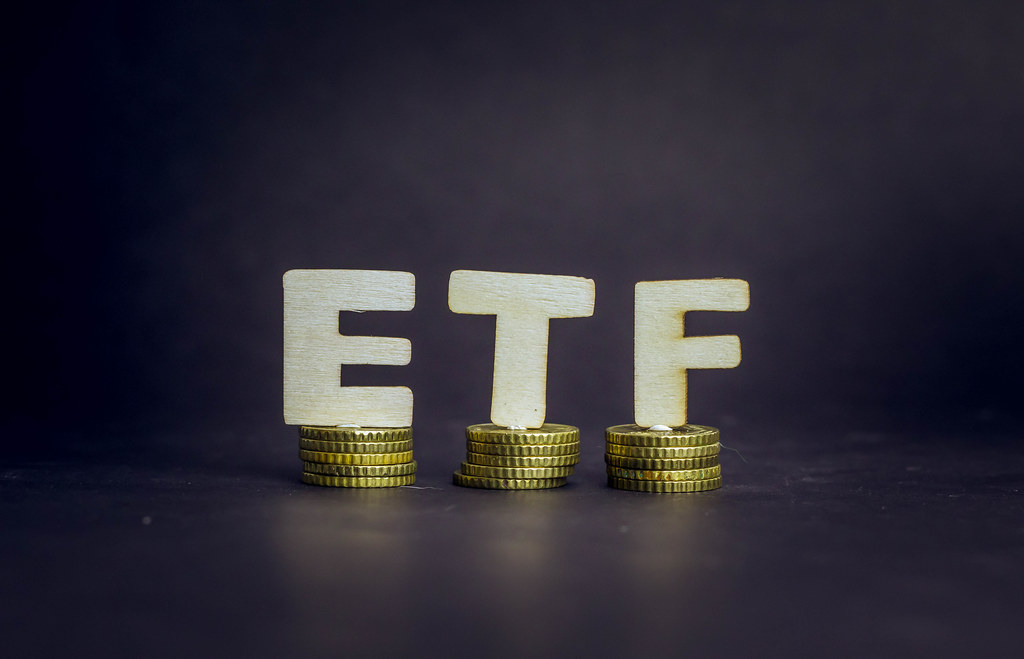What are ETFs?
ETFs are Exchange-Traded Funds that have the characteristics of an index fund and a stock. Just like index funds, most ETFs are passively managed, diversified and low-cost. And just like stocks, ETFs are bought through a brokerage account and traded on an exchange at any time during a business day.
Here’s how they work. Imagine Exchange-Traded Funds as a basket. Now each of these baskets holds different types of securities. It can be stocks, gold or bonds.
What is Fund of Funds?
A Fund of Funds, or FoF, is a mutual fund that invests in various other mutual funds. Instead of investing in one or two mutual funds, you can invest in a FoF. For example, ABC company’s FoF invests the money collected from Indian investors into some other trust fund. This trust fund then invests in say real estate projects not just in India but across the APAC region. FoFs can invest in both domestic mutual funds and international mutual funds. The idea behind FoF is to provide investors with an opportunity to diversify their portfolio.
Comparison between ETFs and FoFs
- Based on cost: When you invest in an FoF, it invests in some other funds. So, there are two layers of cost that you are bearing. So, the price could be slightly higher compared to ETFs.
- Based on taxes: Even FoFs investing in equity funds get taxed like debt funds. Therefore, your tax liability tends to be on the lower side than ETFs if you’re investing in only equity funds.
- Based on the selling price: FoFs set their price once a day and are overseen by fund managers. While ETFs trade all day on the exchange, they’re basically like mutual funds that trade like a stock.
- Based on price fluctuations: ETFs rarely change because they mirror an index like Nifty-50. When the Nifty goes up, so will your ETF and vice-versa. On the other hand, FoFs are actively managed, so the baskets might frequently change as a manager buys and sells stocks in specific sectors.
| Basis | ETFs | FoFs |
| Cost | Low | Slightly higher |
| Liquidity | Highly liquid as you can trade them | Comparatively low in liquidity |
| Trade | They can be traded on stock exchanges | They can’t be traded |
| Price fluctuations | Low | Relatively high |
| Type | Usually, passively managed investment | Actively managed investment |
ETF or FoF – Which is the right investment option for you?
Choosing between an ETF and FoF should depend upon your investment strategy, your style of investment (whether active or passive). Your decision should also be aligned with your financial goals and risk appetite. Opting for a financial advisor could help in making these kinds of decisions easy. Reach out to one today.






